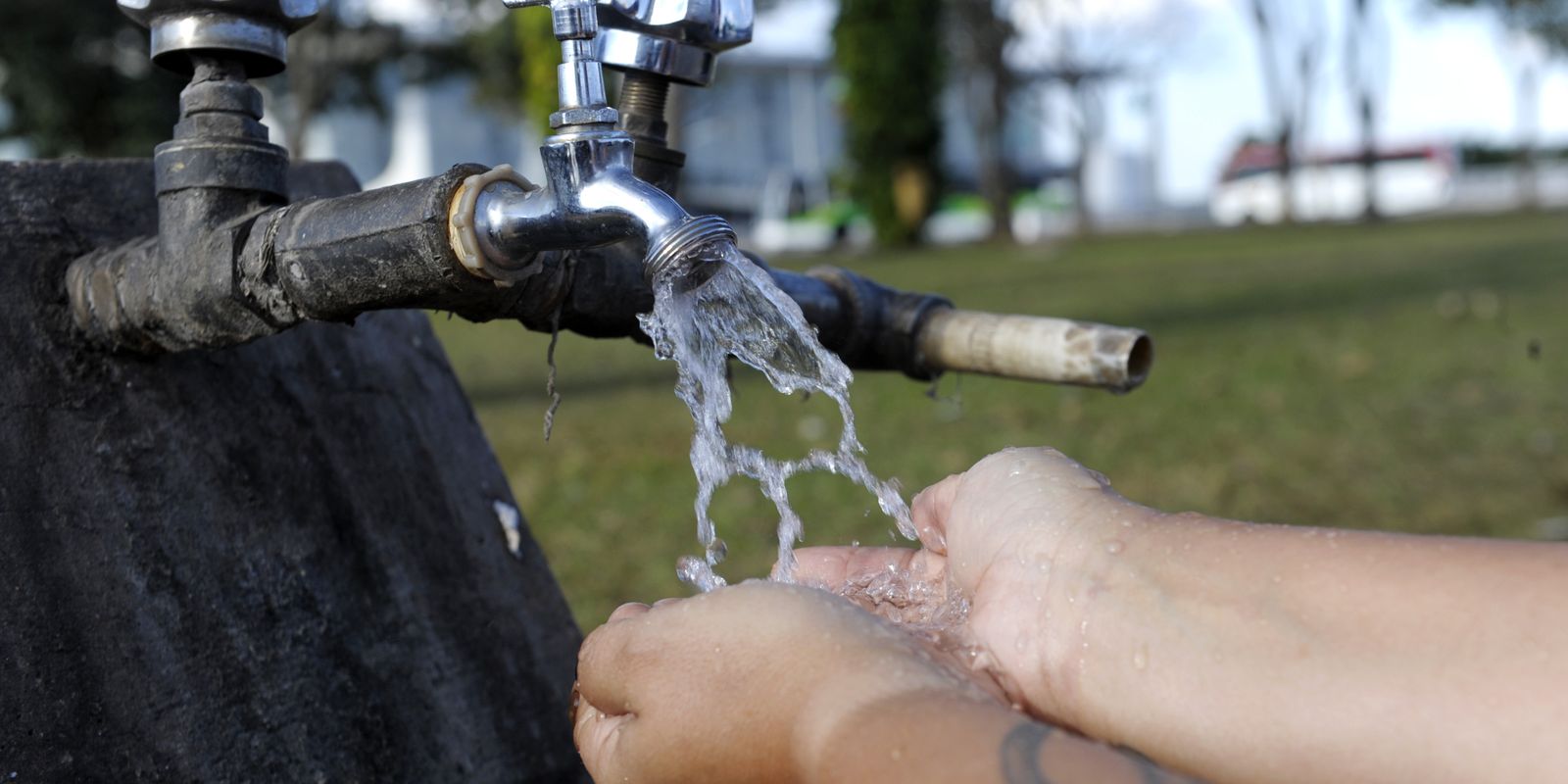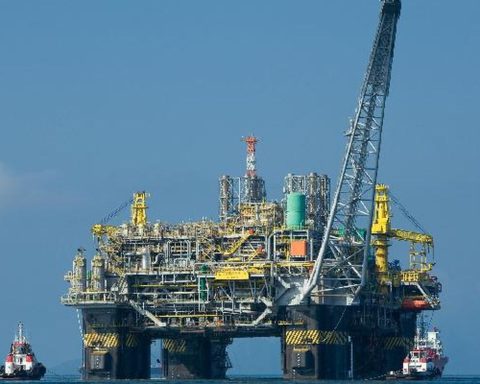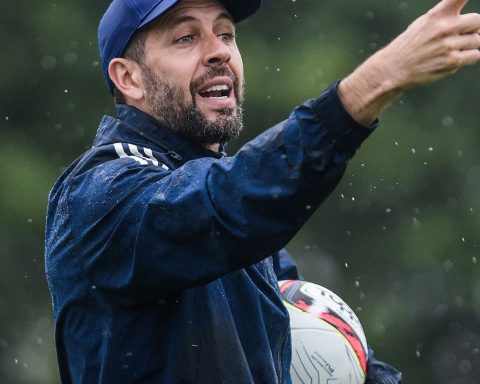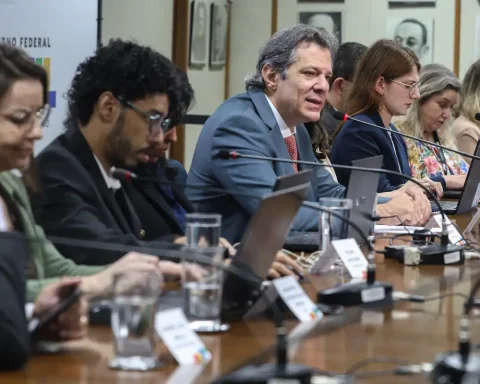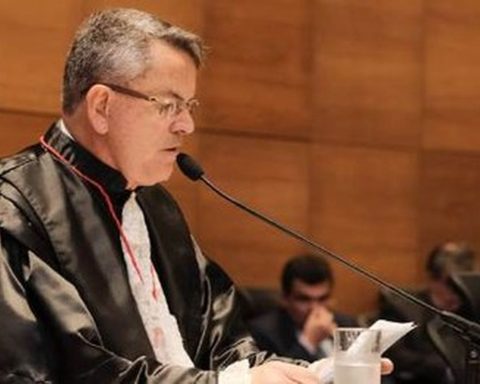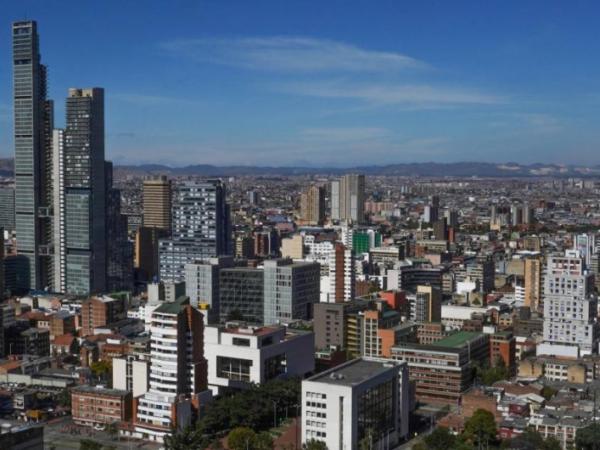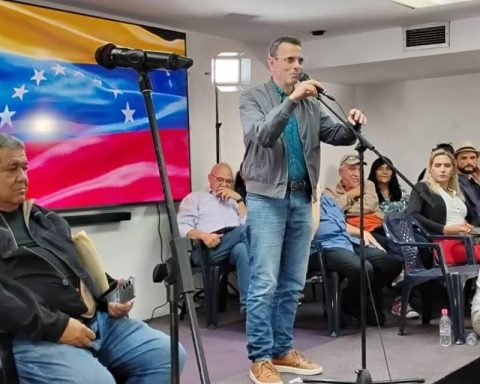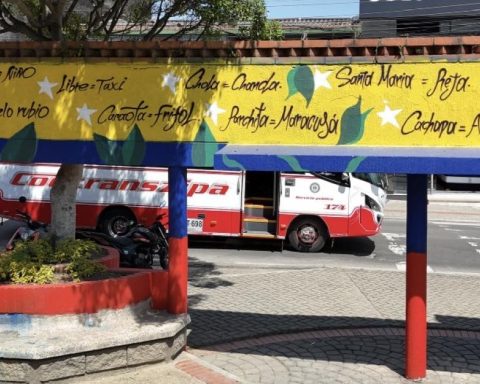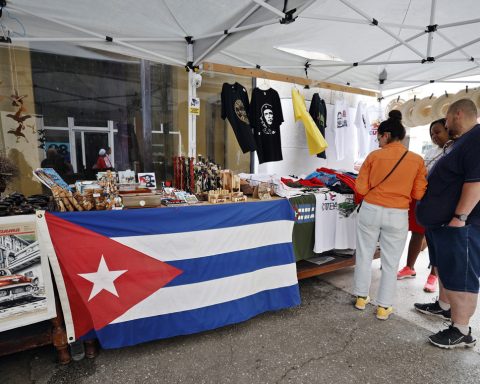Due to the prolonged drought affecting the state of Rio de Janeiro, the Imunana-Laranjal system, which serves the metropolitan region of the cities of São Gonçalo, Niterói and part of Maricá, and the Acari system, which supplies some cities in Baixada Fluminense, are on alert. The lack of rain has caused a reduction in the water availability of the sources used for water collection and treatment.
The Imunana-Laranjal System is still operating at its maximum capacity, however, with no rain forecast for the coming days, there is a risk of a decrease in water collection. As a result, the supply may be reduced to the municipalities of São Gonçalo, Niterói, Itaboraí (raw water) and part of Maricá (Inoã and Itaipuaçu) – areas served by the concessionaires Águas do Rio and Águas de Niterói.
The water is collected from the Imunana Canal, formed by the Guapiaçu and Macacu rivers, located in the municipality of Guapimirim. For the system to operate fully, the rainfall regime in the watershed basin must return to normal.
The dams of the Acari System (Tinguá, Xerém, Rio d’Ouro, São Pedro and Mantiquira), which supply part of Baixada Fluminense, are facing a historic drought. The units collect water from smaller sources, whose availability depends directly on the volume of rainfall to guarantee the full operation of the system.
The Águas do Rio concessionaire, responsible for the distribution network in the affected region, is carrying out maneuvers to direct water from the Guandu System, which is operating at 100% capacity, to the locations served.
The director of Sanitation and Major Operations of the State Water and Sewage Company (Cedae), Daniel Okumura, said that due to the prolonged drought affecting the state, two of Cedae’s water production systems have been affected – Imunana-Laranjal, responsible for supplying the eastern area of the metropolitan region, and Acari, which supplies water to part of Baixada Fluminense.
“The Acari system dams have been experiencing a historic drought for the past five years. However, it is important to highlight that it is less affected, since it is part of the system interconnected with other Cedae production systems. Thus, the concessionaires responsible for distribution are able to transport water from other sources to reach these areas affected by the scarcity of the Acari system,” he stated.
During the dry season, Cedae asks consumers to use water in a balanced way, postponing non-essential tasks that require high consumption. The company frequently monitors river levels and provides updates on the situation.
